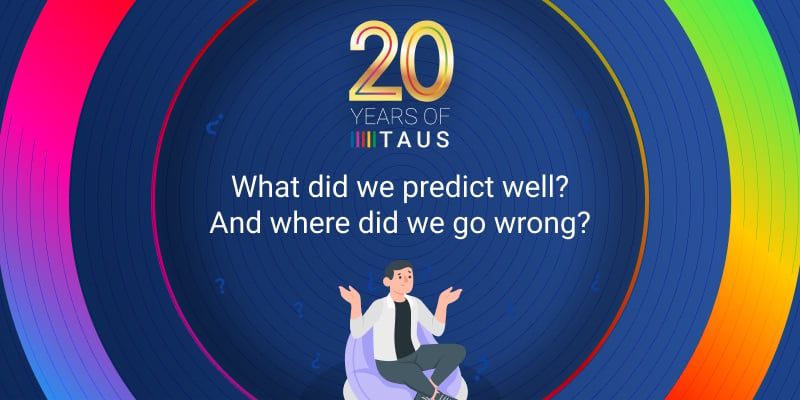Why Translation Innovation Starts in Japan

It takes just a day of wandering in Tokyo to understand why translation innovation starts in Japan, and much less so in other places of the world. Both visitor and host are totally helpless and hopeless when trying to talk to each other.
It takes just a day of wandering in Tokyo as a non-Japanese speaker to understand why translation innovation starts in Japan, and much less so in other places of the world. Both visitor and host are totally helpless and hopeless when trying to talk to each other. That is much less the case in Europe and North America where English often becomes the ‘langue véhicule’ for tourists and business men.
That’s also what Naoki Yamada, founder of anydooR realized when he returned to Tokyo from his studies in Los Angeles. Colleagues and friends kept asking him to translate something, a sentence, a letter, an email, anything. He saw the business opportunity and started developing a social translation platform. What he had in mind was to find the hundreds or perhaps thousands of Japanese students who had studied abroad or at least people like himself who had enough knowledge of English to help others. Not a professional translation B2B service, but more like a community where volunteers get rewarded 1 or 2 cents per word for helping someone else with the translation of a love letter or an eBay add for the sale of a bicycle.
Finding these volunteer translators was the biggest challenge when he launched the business in 2009. They printed flyers and handed them out at metro stations in Tokyo. Now Conyac – that’s the name of the platform – brings together 15,000 translation volunteers and it has received about half a million translation requests varying from one phrase to a page or a bit more.
Conyac does not stand on its own as an innovative social or community-based translation platform. There is also Gengo with a similar history and background. Gengo was founded by Matt Romaine and Robert Laing who as bilinguals living in Tokyo had the same experience as Yamada. Different from Conyac, Gengo is also targeting business customers. Both Gengo and Conyac are funded by investors. Gengo has attracted investments of $14 million, Conyac a much more modest amount of $1 million.
Rob Laing sees the translation industry as an industry just waiting to be disrupted. The traditional LSP is entrenched in bureaucracy, complex workers roles, fragmentation and working with outdated technology. They know it – the traditional LSPs – but they can’t help it. It’s like a car accident in slow motion. You see it’s happening, but you can’t stop it. He compares Gengo’s disruptive potential for the translation industry to what Amazon has done to book distribution, to what DuoLingo is doing to RosettaStone in the language training sector and to what Uber is doing to the taxi sector. Not every business may be inclined to trust their translations to volunteer translators so quickly, but socially oriented companies will find themselves more naturally attracted to the social translation platform.
TripAdvisor and Eventbrite for instance both use Gengo for their translations. The investors behind Gengo and Conyac wish that the car accident wasn’t that slow-motion, but if they lose their patience there are a bunch of others still, and all from Japan and Korea again, lined up to carry the innovation forward. We have had Miori Sagara from Baobab – from Tokyo – presenting at TAUS events in 2012 and we look forward to also meeting One-Hour Translation, OneSky and Flitto. Who knows, by the time we are back in Tokyo in April 2015, there will be new Japanese innovators with a promise to disrupt the old-fashioned translation industry.
Translation innovation out of Japan (or out of Asia at least) has a good chance to break through and succeed globally, because it’s born out of necessity. Nowhere else is the language divide felt so intense, combined with an ambition to push the economic frontier to top ranking.
Let's answer some of the crucial questions together at this year's Executive Forum in Japan: Are you ready to use technology? Crowdsourcing translation models? Social translation platforms? Advanced workflow systems? Sharing translation data? Agreeing on translation evaluation metrics? Using cloud-based translation management systems? What is the state of play? Is machine translation technology an option? Are your translators ready to work as post-editors?
In other words: “Hello Japan. How do we communicate?”
*This blog post is the repurposed version of the original article published in 2014 on the TAUS website.

Jaap van der Meer founded TAUS in 2004. He is a language industry pioneer and visionary, who started his first translation company, INK, in The Netherlands in 1980. Jaap is a regular speaker at conferences and author of many articles about technologies, translation and globalization trends.
 by Dace Dzeguze
by Dace Dzeguze

